The skyline of most cities today are dominated by verticality. Sadly, most generic towers of steel and glass do not engage their environment and create isolation rather than connection. We have selected skyscrapers with bespoke dramatic silhouettes that treat the surrounding context with respect while creating iconic interventions to the cityscape.
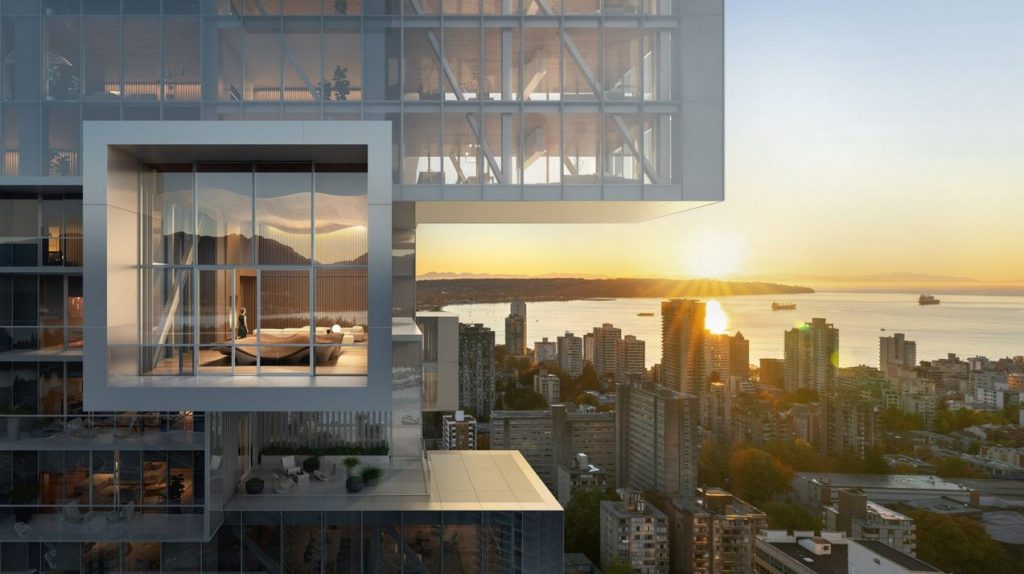
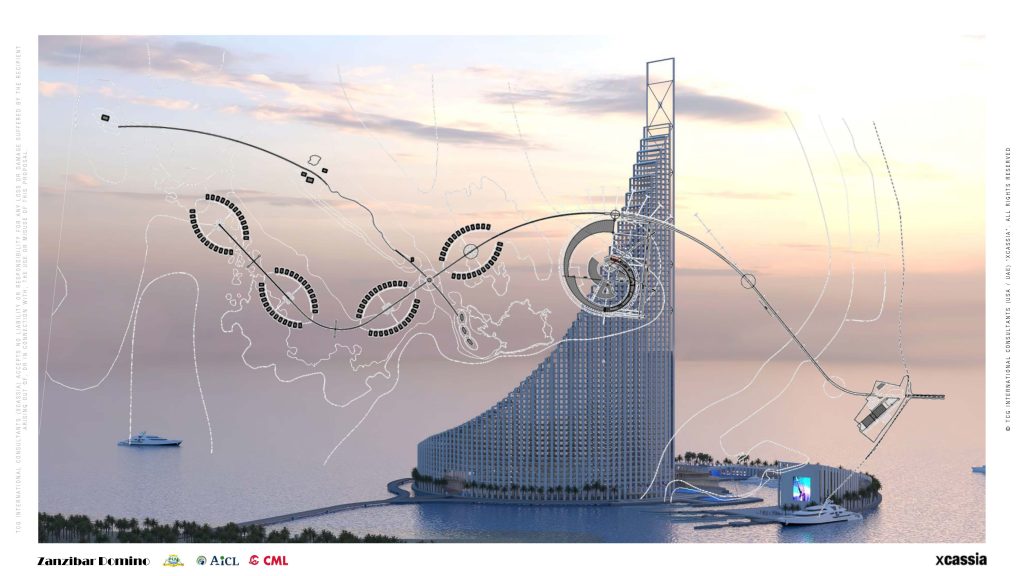
Zanzibar Domino by xCassia
Zanzibar Domino commercial tower by international architecture firm xCassia is a 370,000 sqm mixed-use development situated on a manmade island off the West coast of Tanzania‘S Zanzibar archipelago. Intended to be Africa’s second tallest building and the biggest hotel in East and Central Africa, the project includes a multi-faceted program designed to create year-round distinctive experiences, professional pathways and investment opportunities. Taking design inspiration from the shape of stacked dominos, the spiraling tower is composed of 360 “keys” that rise toward the pinnacle.


Zanzibar Domino by xCassia
The residential program is comprised of 560 units located in two branded residences that rise up towards the hotel apartments, a 5 and 6-star hotel, spa facilities and an observation platform accessed by panoramic lifts offering visitors a breathtaking vertical rise to the top. In a sweeping descent from the top-, all hotel rooms and residential units will feature spectacular outer terraces oriented South for stunning views of Stone Town, the coastline and ethereal Zanzibar sunsets.
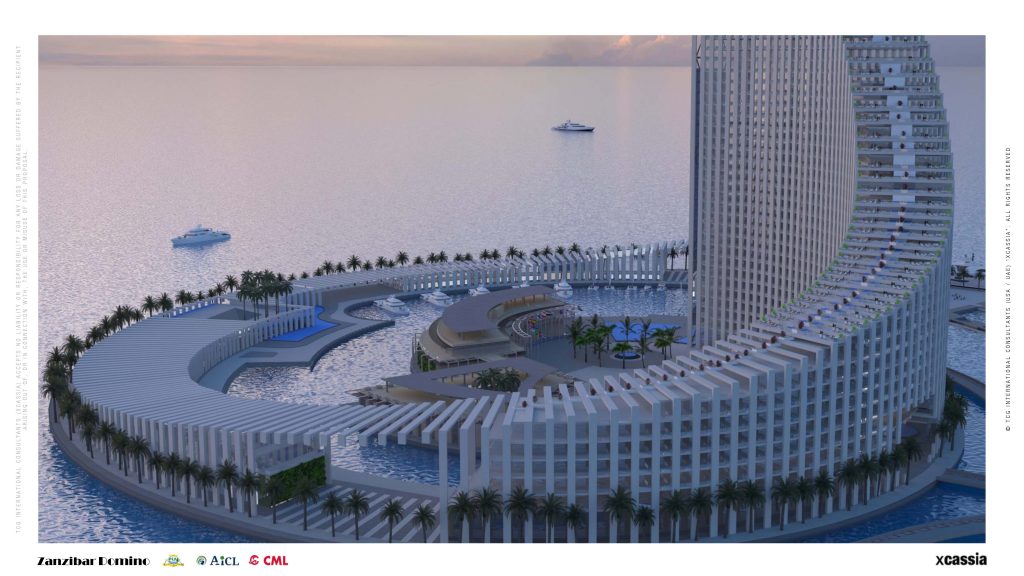
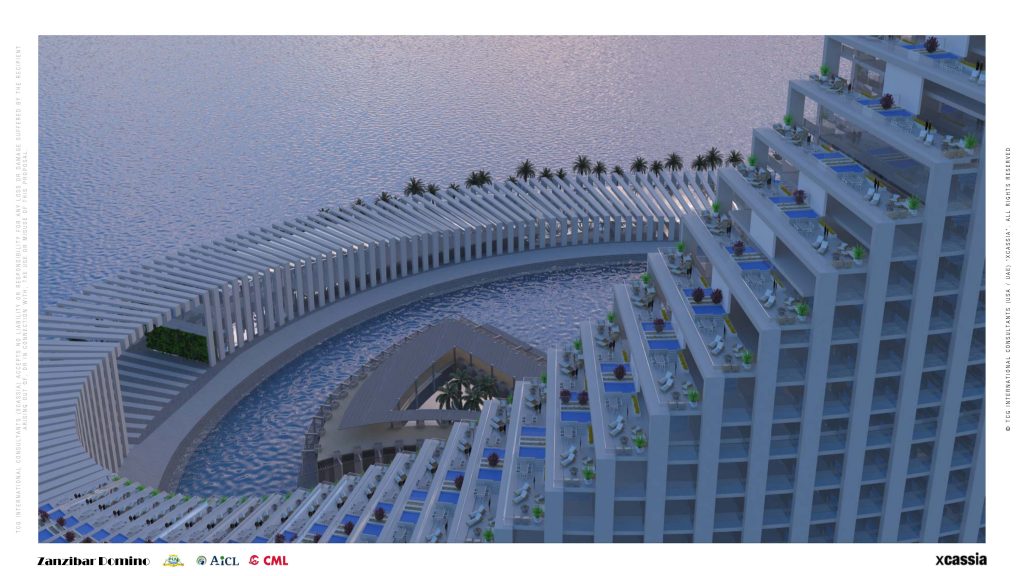
Zanzibar Domino by xCassia
The project’s design will seek to incorporate natural materials and color tones from its context to help it blend into the surroundings. Aiming to enhance the pedestrian experience, the architecture combines biophilic principles with green and horticultural walls.
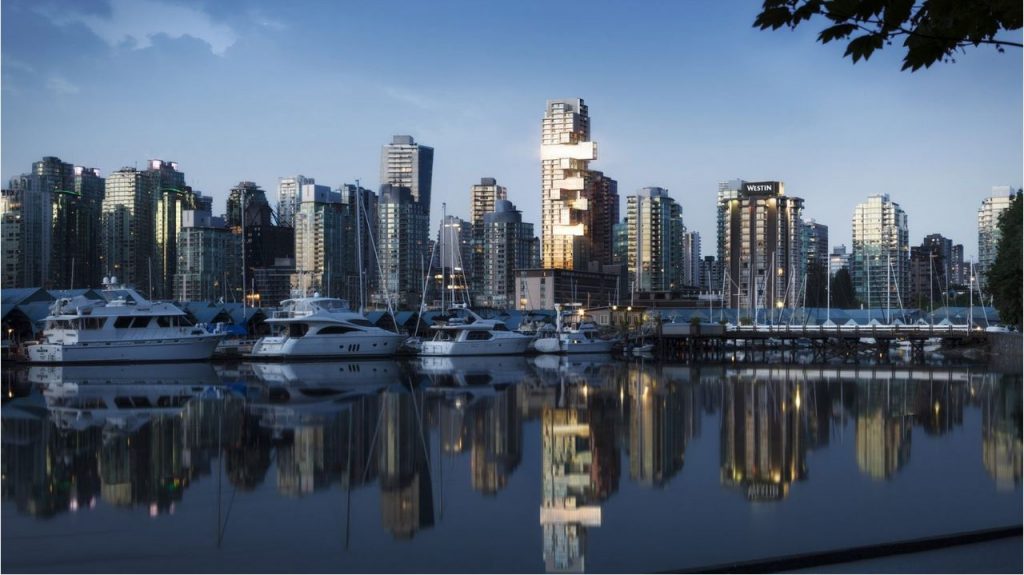
Fifteen Fifteen skyscraper by Büro Ole Scheeren (also header image)
Cantilevered elements of Fifteen Fifteen residential skyscraper designed by international architecture practice Büro Ole Scheeren in Vancouver, Canada, evoke a pile of stacked Jenga keys. A system of vertically shifted apartment modules enables dynamic yet rational and efficient layouts for residential units, while the horizontal rotation of these modular elements projects living spaces outwards into the site’s surroundings, responding to the multi-directional context.
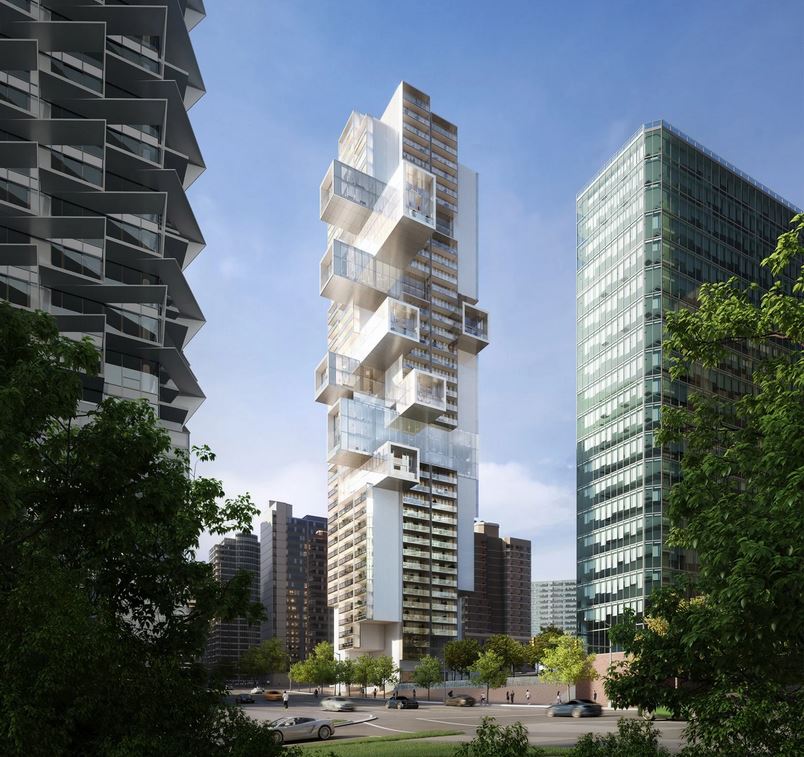
Fifteen Fifteen skyscraper by Büro Ole Scheeren
The design of the 42-storey building presents a silhouette of numerous stacked boxy volumes that opens up to embrace both city and nature in a three-dimensional sculpture. The studio will also design the interiors of the 202 condominiums, ranging from studios to three-bedroom homes, to complement the architecture and engineering. Among these are 18 Observatory Residences located in the horizontally protruding portions of the building, which are wrapped in glass to offer uninterrupted views.
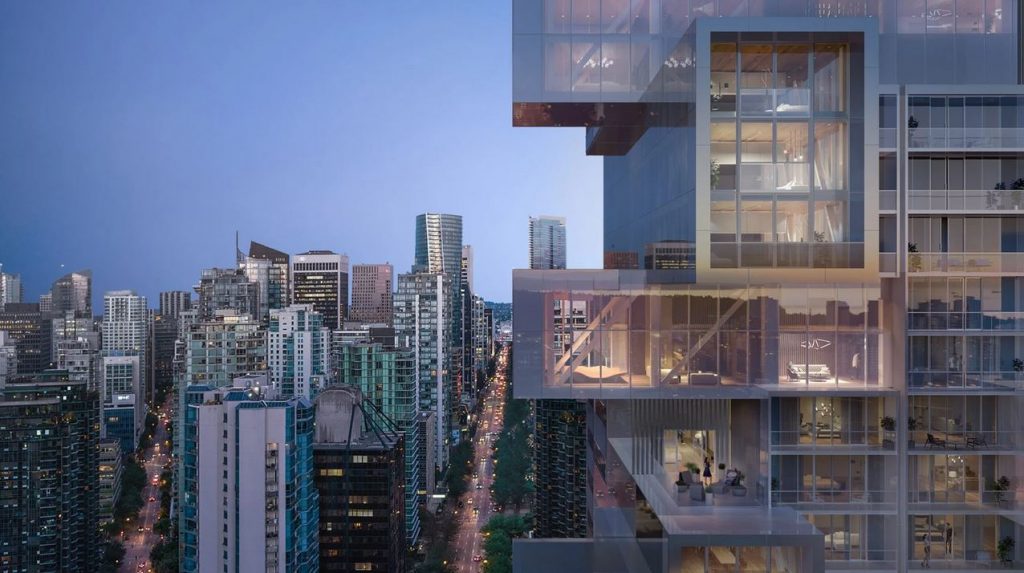
Fifteen Fifteen skyscraper by Büro Ole Scheeren
The minimised footprint of the residential tower touches the ground and embeds itself into a multi-level water landscape. Renewable energy sources at the top of the building’s sculpted crown generate 100% of the energy for the public amenities at the ground, creating a new model that visualizes sustainability and gives carbon-free space back to the public.
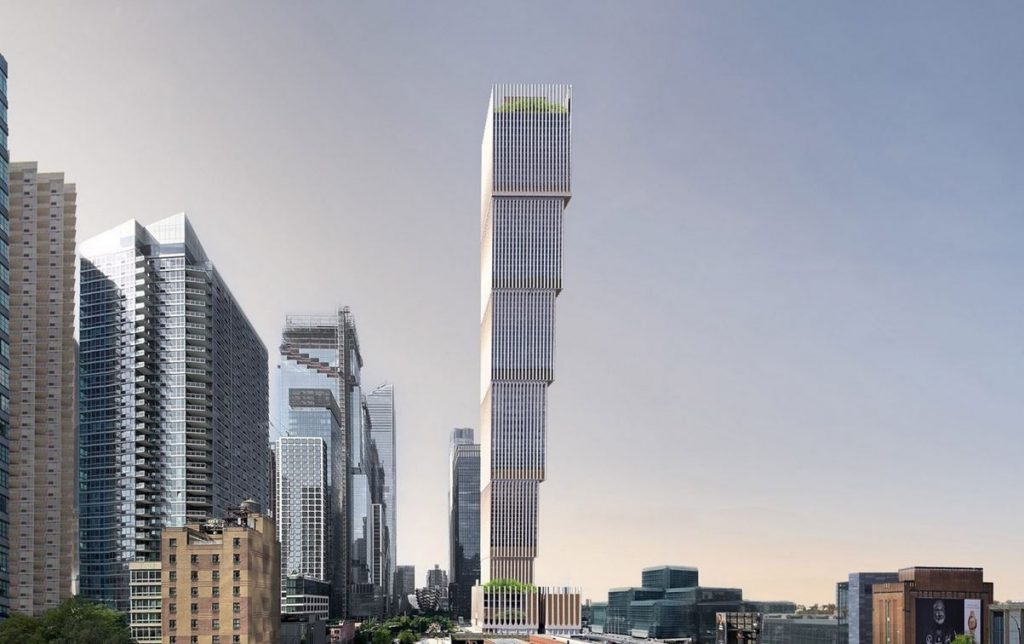
Affirmation Tower by Adjaye Associates
Architecture studio Adjaye Associates has also developed a skyscraper in New York, whose dramatic form is defined by a series of cantilevers. Named Affirmation tower, the supertall structure is designed rise as high as 498 metres, which would make it the second tallest building in Manhattan after One World Trade Center.
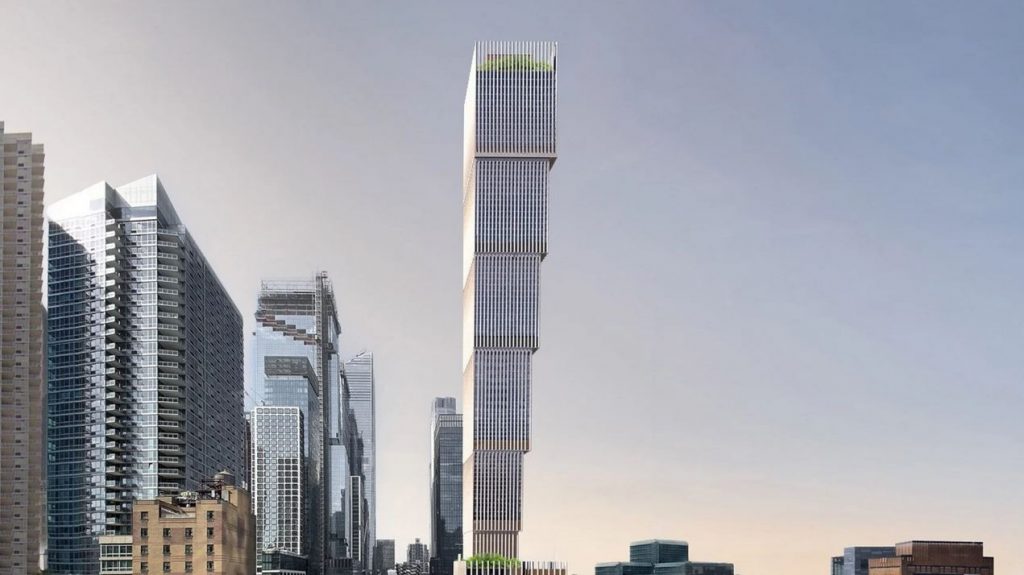
Affirmation Tower by Adjaye Associates
Outwardly, it would have an inverted appearance compared to a traditional high-rise, as its upper levels projecting outwards are much larger than the lower ones.
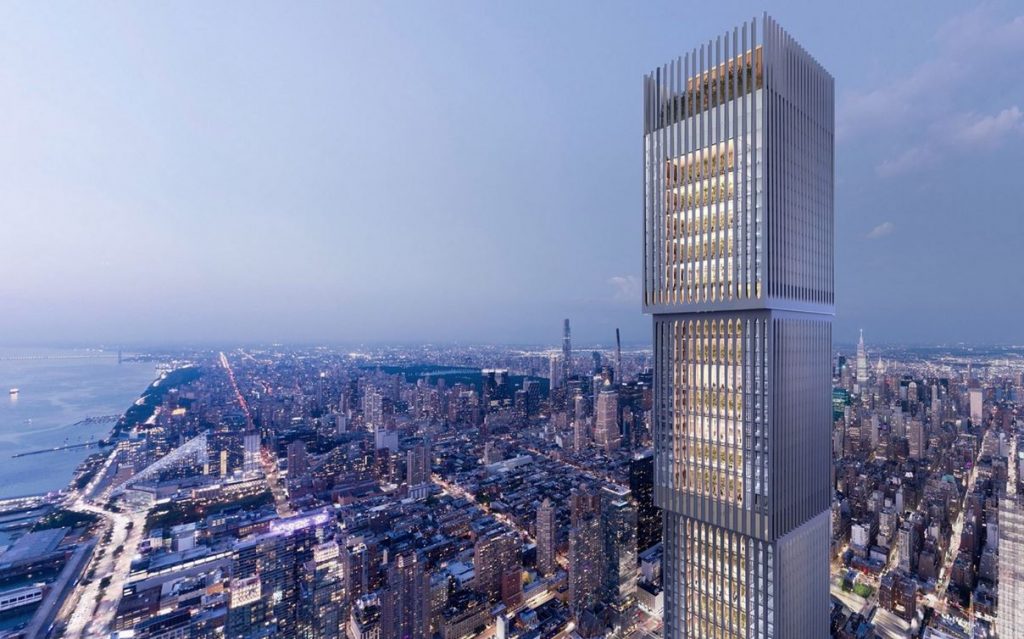
Affirmation Tower by Adjaye Associates
The tower would include two hotels and offices with terraced space, as well as an ice skating rink and an observation deck. There are also plans to house the headquarters of the NAACP’s Mid-Manhattan branch within the building.